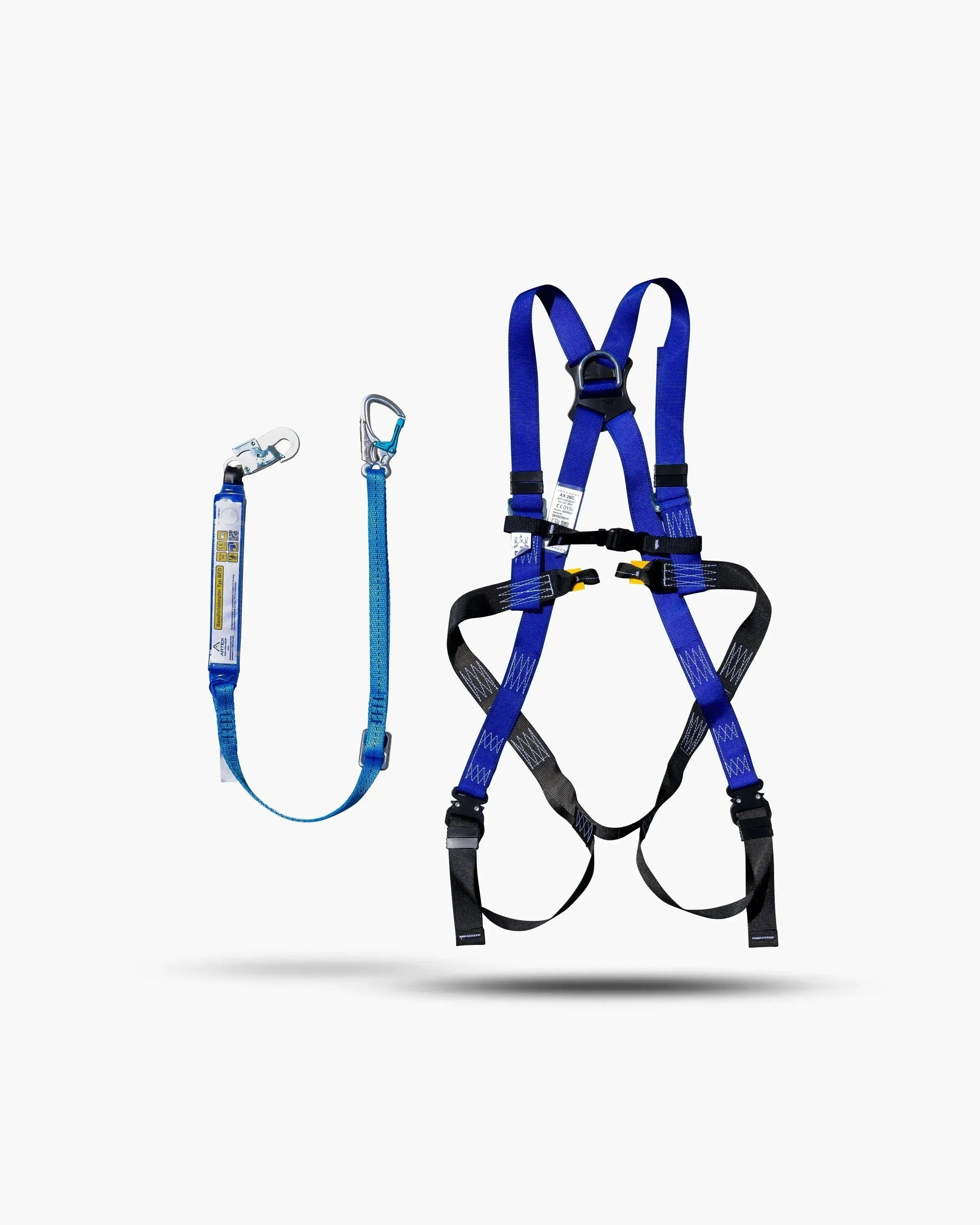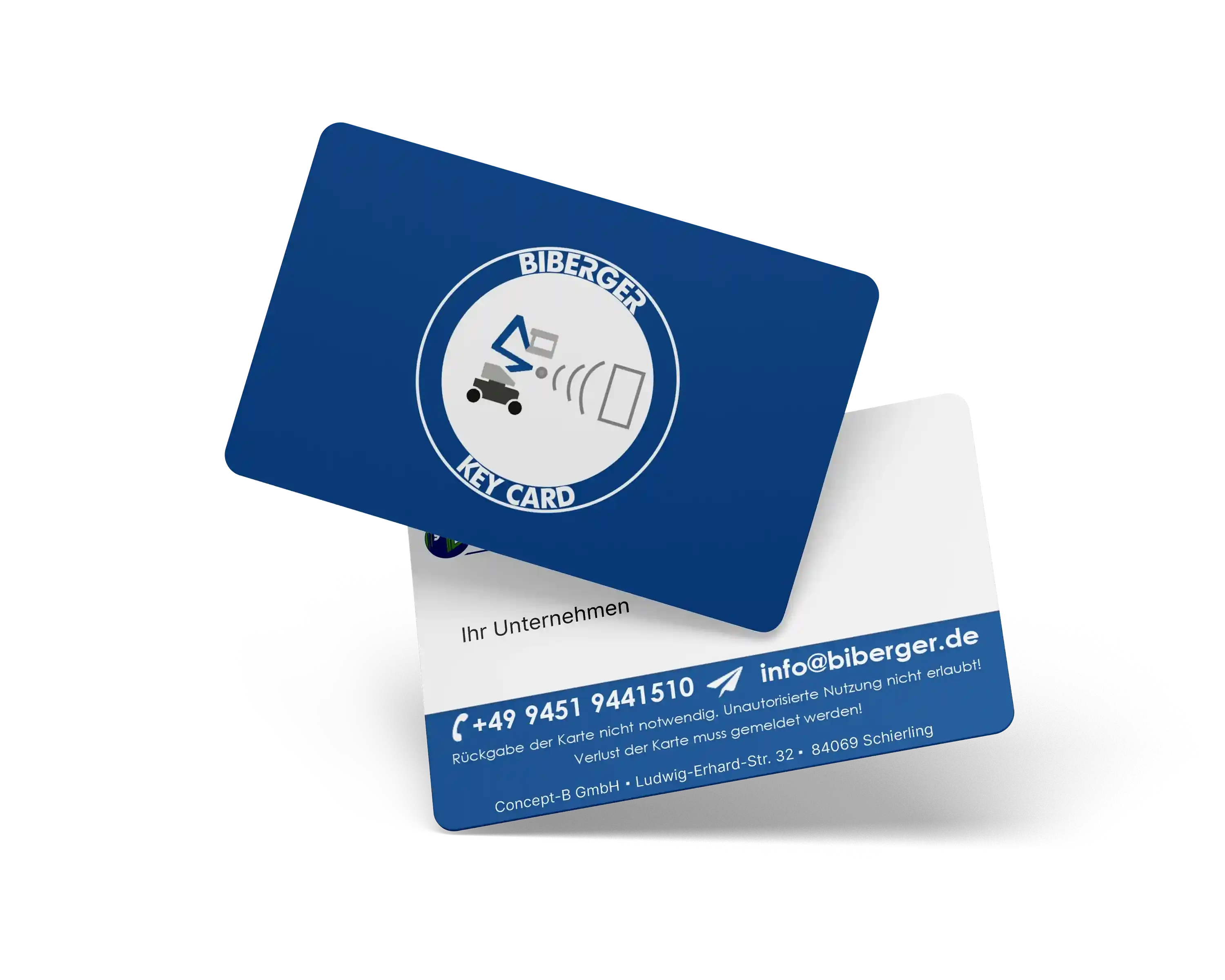Electric forklifts in the heavy-duty class have long since become more than a niche market. More and more companies are looking for emission-free solutions – even for load capacities of 7 or 8 tons .
And the good news: The technology is here. Modern 7- or 8-ton high-performance forklifts with electric drive can now move heavy loads just as reliably as a diesel-powered unit – quieter, cleaner, and in many cases even more economical.
But when is the switch really worth it? What models are available? And what should you consider when selecting, using, and charging?
This article gives you a well-founded overview – technical, economic and practical.
Why lift 7–8 tons electrically? This is what makes the switch
For decades, the classic diesel forklift was the benchmark when it came to robust applications, heavy loads, and long travel distances. However, with increasing environmental requirements, stricter regulations, and the desire for more efficient operating processes, diesel engines are increasingly coming under pressure.
Exhaust fumes are no longer tolerable, especially indoors – and expectations for quieter, emission-free machines are also rising outdoors. Added to this is the economic aspect: electricity is cheaper than diesel, and electric drives require significantly less maintenance.
The 7- to 8-ton class demonstrates particularly clearly how sophisticated modern electric forklifts have become. They lift heavy loads precisely and with endurance, deliver instant torque, and can be easily deployed in multi-shift operations – provided the charging infrastructure is properly planned.
What speaks against diesel in heavy-duty applications?
Diesel engines produce exhaust fumes, particulate matter, and noise—making them a non-viable option in many modern production environments. At the same time, maintenance costs are high: engine oil, filters, fuel systems, and exhaust aftertreatment generate ongoing costs and downtime. Diesel engines are also becoming increasingly less attractive economically—not only due to fuel prices, but also due to CO₂ taxes and investment risks. Anyone focusing on future-proof logistics today can hardly avoid electric drive.
What electric forklifts are available? Models, technology, and comparison
In the following table, you'll find current heavy-duty models in the electrical sector with a load capacity of 7 to 8 tons. All devices are proven in practice and suitable for demanding applications – whether in industry, mechanical engineering, or logistics.
| Model | Load capacity | battery | Tension | Special features |
|---|---|---|---|---|
| Toyota 9FBM70T | 7,000 kg | Lead-acid or lithium-ion | 80 V | Compact, ideal for narrow halls with heavy loads |
| Toyota 9FBH80T-FSW5000 | 8,000 kg | Up to 1,240 Ah (Li-Ion) | 80 V | High-performance model for continuous operation |
| Linde E80 | 8,000 kg | Lithium-ion | 80 V | Robust all-rounder with precise handling |
| Jungheinrich EFG S80 | 8,000 kg | Lithium-ion or lead-acid | 80 V | High energy efficiency through recuperation |
| Still RX 60-80 | 8,000 kg | Lithium-ion | 80 V | Low maintenance, also suitable for outdoor areas |
| BYD ECB80 | 8,000 kg | Lithium iron phosphate (LiFePO₄) | 80 V | Extremely short charging times, no battery change necessary |
Some of the models mentioned are also available for short-term rental from BIBERGER – including suitable charging infrastructure and advice on use.
Battery, charging times, infrastructure: What you really need to know
The battery is the central component of an electric forklift truck – especially in this weight class. While simple warehouse trucks rely on lead-acid batteries, heavy-duty models today rely almost exclusively on lithium-ion technology . These batteries not only enable shorter charging times but also opportunity charging during operation – a real advantage in shift systems or under high utilization.
For this to work in practice, however, the appropriate charging infrastructure is needed: powerful rapid charging stations with 400-volt three-phase current and well-planned charging times. Ideally, the charging cycle should take place during breaks or overnight – spontaneous full charges in the middle of operation are impractical when power demand is high.
Those who take this into account benefit from maximum availability with minimal maintenance effort – because electric forklifts have significantly fewer wearing parts than their diesel-powered counterparts.
Areas of application in everyday life: Where electric forklifts show their strengths
Electric forklifts of this size are particularly useful where heavy loads are regularly moved , but exhaust fumes, noise, or fire hazards are a problem. Typical examples include:
- Loading machines and equipment into halls
- Logistics centers with high cycle rates
- In-plant transport with strict environmental regulations
- Loading and unloading in food or pharmaceutical production
- Working in explosion-proof or dust-sensitive areas
Also possible outdoors – with the right equipment
Electric forklifts in this weight class can also be used effectively outdoors – provided the conditions are right. A stable and level surface is crucial, as the heavy weight of the machines can otherwise quickly lead to stability problems.
For this purpose, models with super-elastic or pneumatic tires are preferred, as they better compensate for uneven surfaces and provide sufficient traction. Adequate weather protection for the vehicle and driver is equally important, especially for long-term outdoor use. A robust driver's cab with heating or air conditioning can significantly increase not only comfort but also operational safety.
To ensure smooth outdoor operation, the charging infrastructure must also be well-planned – either via mobile rapid charging stations or protected charging points directly at the site of use. This is the only way to reliably achieve full performance even in outdoor use.
Renting instead of buying? How to make the better financial decision
Especially in the 7- to 8-ton class, it's worth considering renting. These machines are expensive to purchase, technology is evolving rapidly, and not every company needs a heavy-duty machine in their fleet all the time.
What is included in the rent?
- Full planning without capital commitment
- Always up-to-date technology, maintained and ready for use
- Individual terms – from one day to several months
- On request with charger and appropriate training
- As a rule, appropriate machinery breakdown insurance
- Personal advice on which model suits your needs
BIBERGER delivers your rental equipment directly to the site – including accessories, transport and training if required.
Conclusion: When a 7-8 ton electric forklift is really worth it
Anyone looking to move heavy loads emission-free will find powerful, economical, and safe solutions in the 7- to 8-ton electric forklift range. The technology is sophisticated, the application proven – and with proper planning, there are no real disadvantages compared to diesel-powered trucks.
Whether for rent or as a permanent solution: If you think heavy-duty electric, you are on the right track.















Share:
Working close to traffic? How to use work platforms safely
What is considered an off-road forklift? Characteristics, areas of application, and definition